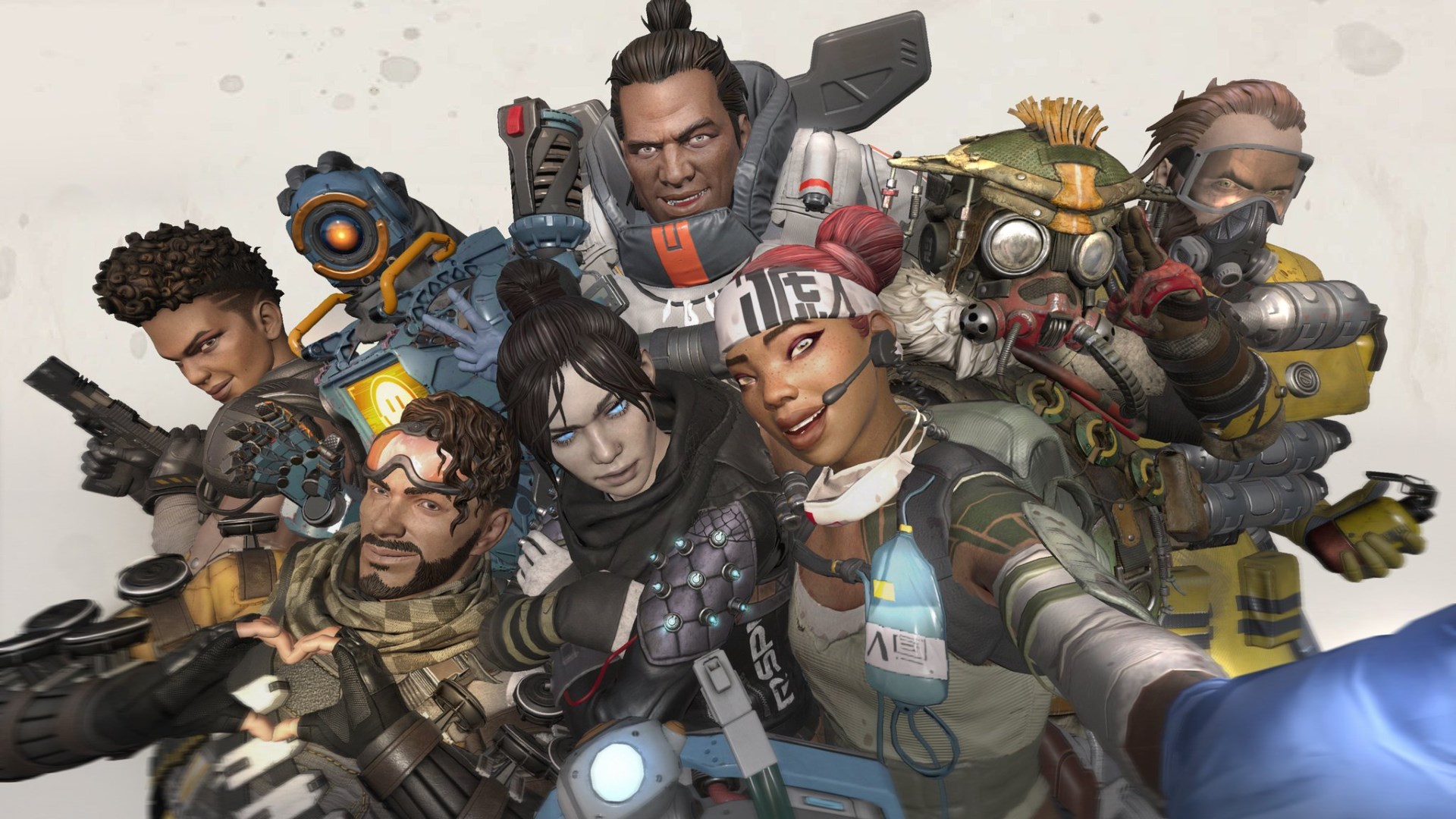The Apex Legends Ping System is a brilliant solution to the horror of playing with strangers online
The way Apex Legends deals with communication is one of its best and most creative features
You know Apex Legends is good when Respawn admits it made a free-to-play battle royale shooter instead of Titanfall 3 and people still like it. People hate it when developers make a thing that isn’t their thing (oh hai Fallout 76/Anthem/any mobile version of anything ever), and yet here we all are, playing Apex and loving it.
Apex Legends review | How to download Apex Legends | Apex Legends battle pass | Apex Legends Map guide| Apex Legends tips | Apex Legends Finishers| Best Apex Legends weapons | Best Apex Legends characters| Apex Legends high level loot guide | Apex Legends Heirlooms Guide | Apex Legends crafting metal guide | Apex Legends Loot Tick locations | Apex Legends Nessy guide | Apex Legends cross-play
Its popularity is even more surprising when you consider it’s a slick, but bandwagon jumping battle royale clash apparently stitched together from other parts like a shooty, free-to-play jackalope. There are elements of Overwatch, PUBG, Blackout, and Fortnite all just as effortlessly woven together as they are shamelessly lifted. However, every element it borrows it does as well, if not better, as any other game out there, with the exception of one thing that it’s made totally its own; an idea so well executed you could argue Apex Legends has advanced multiplayer overall in it’s own little way, and that’s its in-game communication, known as the Ping system.

On the face of it it looks like little we’ve really seen before: an in-game dialogue system that lets you point out items, locations and enemies in the world with a quick tap of R1. It features elements of Battlefield’s spotting system and Left 4 Dead's contextual conversation but merges them into something completely new and, crucially, in an incredibly simple and intuitive way. A few taps can convey a world of information to your team depending on what you’re looking at: where you’re going, potential threats, or the level and location of gear worth picking up are all all easily communicated with a single button press. There are other options if you hold R1 for a radial menu but the flexibility and clever implication of the system means you rarely need to.
Hello??
It solves one of the biggest problems of battle royal games, or anything using squads – few people use a headset (and the ones that do shouldn’t). Games like Sea of Thieves or Overwatch have used menus full of emotes and dialogue in the past but all that’s ever really achieved is to enable player communication at each other, not with. Apex’s genius is that you don’t pick phrases from a list to get your message across, you point at something in the world, say ‘that’ and let the game worry about telling people what you mean.
Because this communication is built on context rather than content, three complete strangers can drop into a match and coordinate their plans beautifully without having to – grits teeth – actually speak to each other. The final touch of genius to Apex Legend’s Ping system is that it keeps it all in character – the various stars of the game engaging in a reactive call and response that plays out more like a scripted single player experience than a team of multiplayer characters shouting “I’m under fire... From the. <West.>”

The immediacy and reactiveness of the system helps to foster a sense of togetherness and communication between strangers in a way you’d usually only have with friends. If someone picks a location and a second player agrees, the third will almost certainly follow, immediately cutting out the indecisive cat herding feel some multiplayer games end up having. And, because it’s Bangalore or Gibraltar chatting instead of BigCHUNGU5 and ALAAAAAAAAAANNN_86, there’s a both a sense of consistency from match to match, as well as a soothing mask to cover the horror of dealing with other people. Apex Legends might have taken a lot from other games but it’s given the Ping system back and it deserves to be praised for it.
Weekly digests, tales from the communities you love, and more

I'm GamesRadar's Managing Editor for guides, which means I run GamesRadar's guides and tips content. I also write reviews, previews and features, largely about horror, action adventure, FPS and open world games. I previously worked on Kotaku, and the Official PlayStation Magazine and website.


